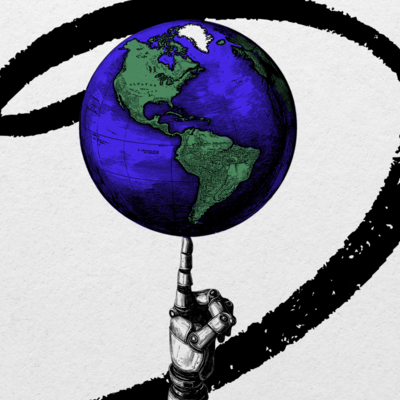
From the outside, Substack's strategy has seemed to be the following: 1) Create a beautiful, simple blogging platform, which Substack most certainly is. 2) Very slowly release control of who can use Substack to create cachet. 3) Pay some people to post to the site, but not most of them. (Sub-strategy: Don't disclose who's working for Substack and who's working on Substack.) 4) Promote the people they've paid along with a very small subset of everyone else.
This is a true paragraph. But it wasn’t actually written about Substack. It was originally written in a 2013 article about Medium, a then brand-new blogging platform.
In the past few weeks, Substack has continued to push their way to the top of the headlines. They’ve attracted journalists such as Casey Newton (The Verge), Matt Taibbi (Rolling Stone) and Andrew Sullivan (New York Magazine) to join them and there’s a lot of buzz around the platform. I’m even writing on Substack. In July of 2019, Substack raised a $15.3 million Series A that was led by Andreessen Horowitz. And that’s when the questions began. Could a media company justify such a lofty valuation? Is Substack even a media company? What would they do with the cash?
It’s now becoming clear where the money is going: to entice writers to join the platform. According to the New York Times, Anne Helen Peterson who writes the newsletter Culture Study was given a large amount upfront to join the platform. In return, she makes 15% of the subscription revenue the first year, after which it likely returns to the standard fee (90% revenue to the writer, 10% to Substack). Popular blogger Scott Alexander also revealed through a blog post that Substack had approached him with an “extremely generous offer.”
But Substack’s plan mirrors another company, one that isn’t discussed as much these days. Medium was founded in 2013 by Twitter co-founder Ev Williams and while Medium has experimented with different monetization methods (to say it politely), they share similarities with Substack. Both platforms try to convince writers and independent media brands to join them. Both platforms have lots of funding and receive lots of press. Neither platform can decide if they are a content management system or a media brand.
And while Substack has grown their paid subscriber base by 250% over the past three months, there’s a case to be made that they are closer to Medium than not. Let’s get into it.
The Perception of Substack
These days, Substack has a glowing perception among industry insiders. It’s viewed as the savior of Journalism and an antidote to the click-baity, ad-supported open internet.
It especially appeals to a demographic that spends a lot of time on text-based social media like Twitter and Reddit. It’s easy to accidentally lose hours of your day sneaking down rabbit holes and proverbially watching car accidents happen between the accounts that you follow. The promise of a direct relationship with a creator or media company is appealing. Somewhere that is more intimate and hidden away from comments left by troll accounts. Email provides this space.
In addition, Twitter is often used as a way for readers to find and support Substack writers. There’s a mutually beneficial relationship between the platforms, further enhanced by Substack’s recently shipped feature that allows readers to find which of the people they follow on Twitter write on Substack.
What would be the path for Substack to work?
Substack’s Economics
To start off, let's figure out how big Substack has to be in order to please their investors, and how close they are to that goal. In July, Substack had 100k paying subscribers. Just this week, Axios reported that they had 250k paying subscribers — a 2.5x increase in a couple months. The top 10 publishers bring in $7 million annually between them, which means that the top couple (The Dispatch, Letters from an American) are likely making over seven figures annually.
But how much is Substack pulling in themselves?
To get an estimate of their revenue, we need to know how much each of their subscribers bring in. The minimum monthly subscription that Substack allows is $5 per month. Some of their publications charge as high as $49, but most are between $5 and $10. Let’s assume the average subscription costs $8 per month.
The Only Subscription
You Need to
Stay at the
Edge of AI
The essential toolkit for those shaping the future
"This might be the best value you
can get from an AI subscription."
- Jay S.
Join 100,000+ leaders, builders, and innovators

Email address
Already have an account? Sign in
What is included in a subscription?
Daily insights from AI pioneers + early access to powerful AI tools










Comments
Don't have an account? Sign up!